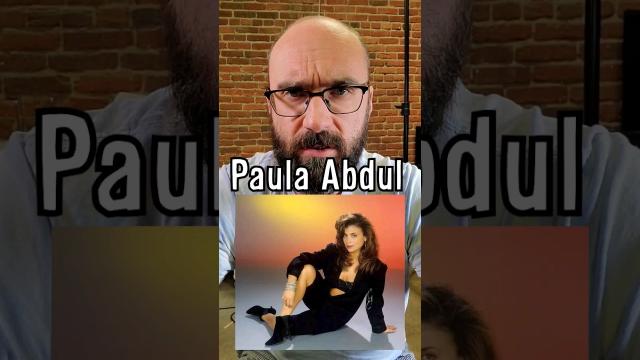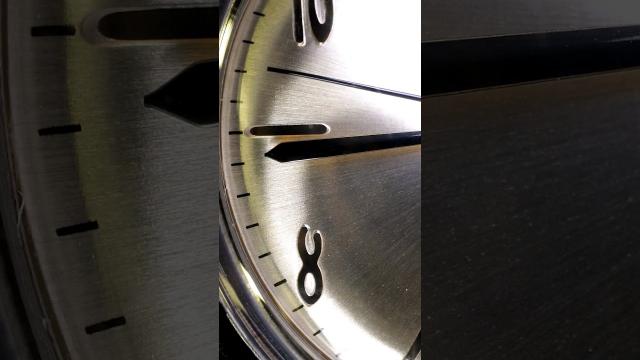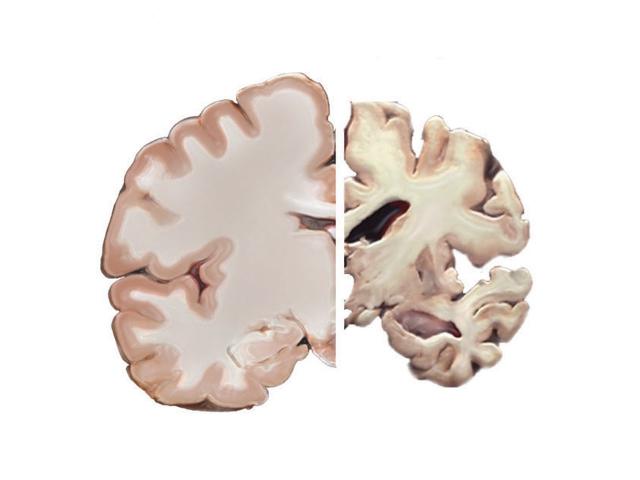Time Travel, Teleportation & Science
Time travel is the concept of moving between different points in time in a manner analogous to moving between different points in space, generally using a theoretical invention, namely a time machine. It has a commonly recognized place in philosophy and fiction, but has a very limited application in real world physics, such as in quantum mechanics or wormholes.
Although the 1895 novel The Time Machine by H. G. Wells was instrumental in moving the concept of time travel to the forefront of the public imagination, The Clock That Went Backward by Edward Page Mitchell was published in 1881 and involves a clock that allowed three men to travel backwards in time.[1][2] Non-technological forms of time travel had appeared in a number of earlier stories such as Charles Dickens' A Christmas Carol. Historically, the concept dates back to the early mythologies of Hinduism (such as the Mahabharata), Buddhism, and Islam through ancient folk tales. More recently, with advancing technology and a greater scientific understanding of the universe, the plausibility of time travel has been explored in greater detail by science fiction writers, philosophers, and physicists.
Teleportation, or Teletransportation, is the theoretical transfer of matter or energy from one point to another without traversing the physical space between them. It has a commonly recognized place in science fiction literature, film, and television, but as yet has a very limited application in real world physics, such as quantum teleportation or the study of wormholes.
Science (from Latin scientia, meaning "knowledge") is a systematic enterprise that builds and organizes knowledge in the form of testable explanations and predictions about the universe. In an older and closely related meaning, "science" also refers to a body of knowledge itself, of the type that can be rationally explained and reliably applied. A practitioner of science is known as a scientist.
In modern usage, "science" most often refers to a way of pursuing knowledge, not only the knowledge itself. It is also often restricted to those branches of study that seek to explain the phenomena of the material universe.
Source : Wikipedia
-
00:55
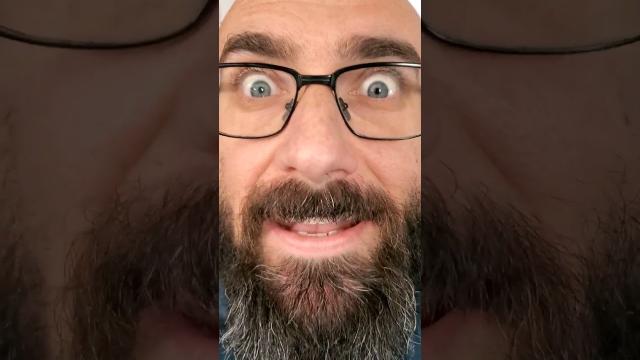
Are People Getting Hotter?
Added 169 Views / 0 Likessomething's going on with our bodies ...#mystery #biology #unknown #unsolvedproblem #medicine #science #health
-
03:24
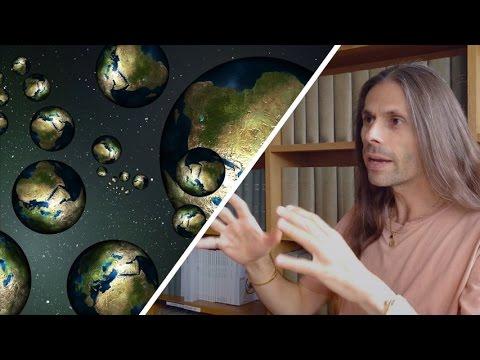
Interview : Les Théories Sur Les Multivers Sont-elles Scientifiques ?
Added 788 Views / 0 Likes -
01:26
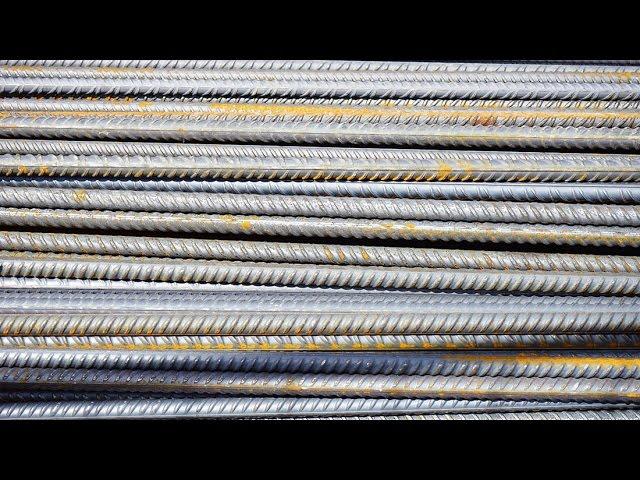
Strengthening metal at the nanoscale and eliminating defects
Added 578 Views / 0 LikesStrengthening metal at the nanoscale and eliminating defects
-
01:00
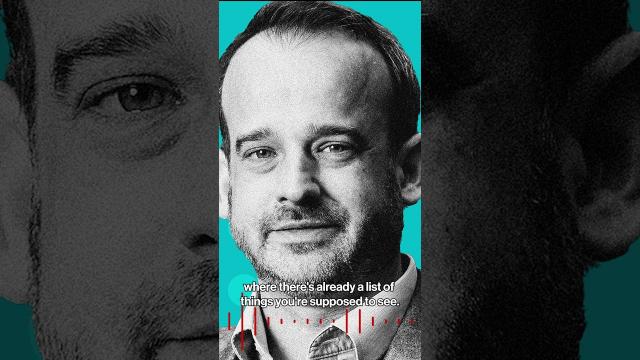
Fine-tuning our understanding of evolution
Added 159 Views / 0 LikesListen to the full episode: https://youtu.be/_ujgCZHxigw
-
41:56
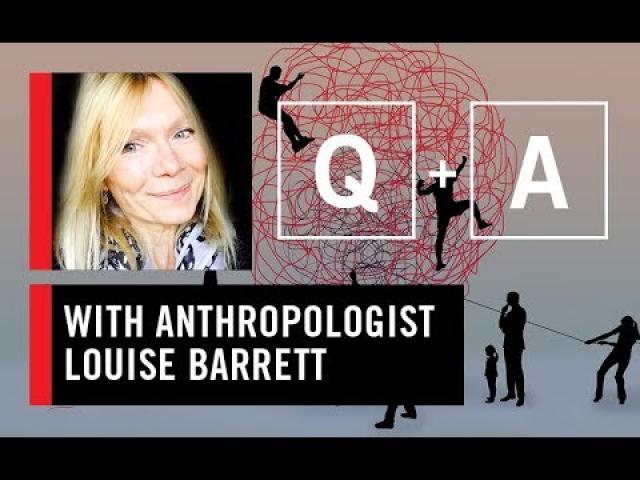
WS CONNECT live Q&A wth Louise Barrett
Added 495 Views / 0 LikesAnthropologist Louise Barrett joined us live to continue the discussion from our program "The Social Brain" ranging from the origins of social behavior in primates, the psychology of human communication, and role of emotion in human intelligence. Learn mo
-
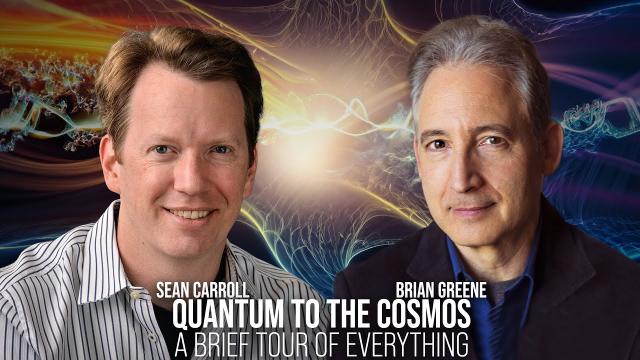
Quantum to the Cosmos: A Brief Tour of Everything
Added 156 Views / 0 LikesSean Carroll, best-selling author and professor of physics and philosophy, joins Brian Greene for a wide-ranging conversation spanning the quantum to the cosmos.This program is part of the Big Ideas series, supported by the John Templeton Foundation.Panel
-
02:23
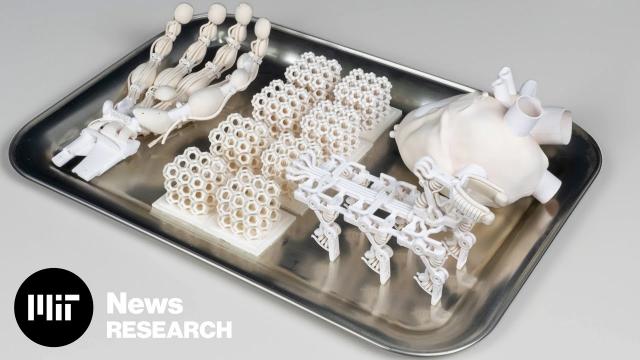
This 3D printer can watch itself fabricate objects
Added 133 Views / 0 LikesA team of engineers have developed a new 3D inkjet printing system that utilizes computer vision for contact-free 3D printing, letting engineers print with high-performance materials they couldn’t use before. (Learn more: http://news.mit.edu/2023/3d-print
-
04:35
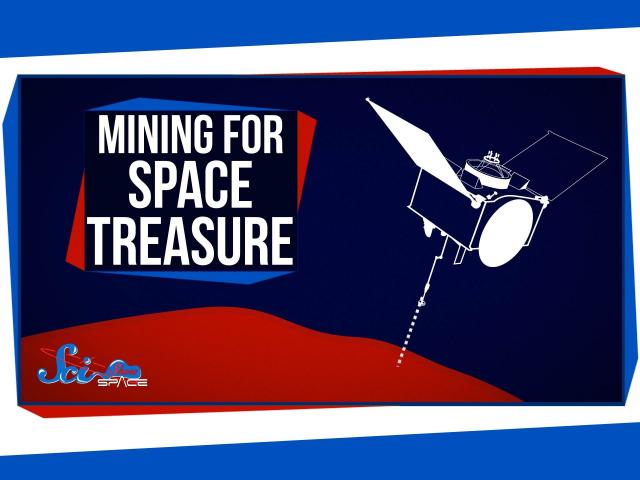
Mining Asteroids for Space Treasure!
Added 674 Views / 0 LikesMining Asteroids for Space Treasure!
-
18:40
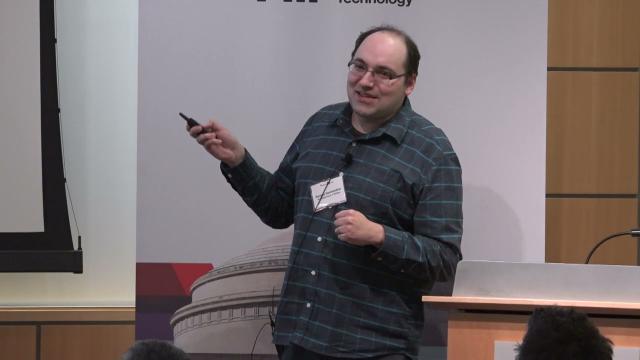
Inverting Protein Structure Prediction Models for Protein Generation
Added 125 Views / 0 LikesProfessor Sergey Ovchinnikov of MIT’s Department of Biology discusses how to make protein design user-friendly and the potential applications of protein generation.Watch more videos from MIT: http://www.youtube.com/user/MITNewsOffice?sub_confirmation=1The
-
04:25
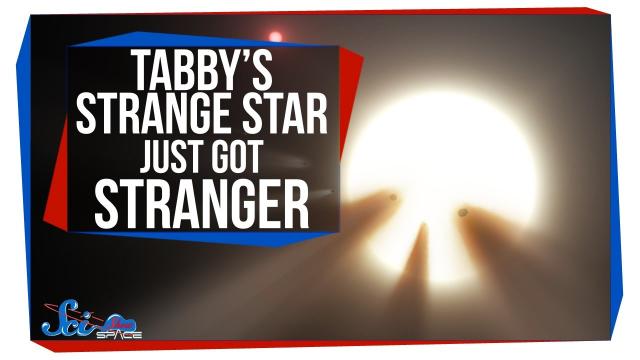
Tabby's Strange Star Just Got Stranger
Added 723 Views / 0 LikesTabby's Strange Star Just Got Stranger
-
16:40
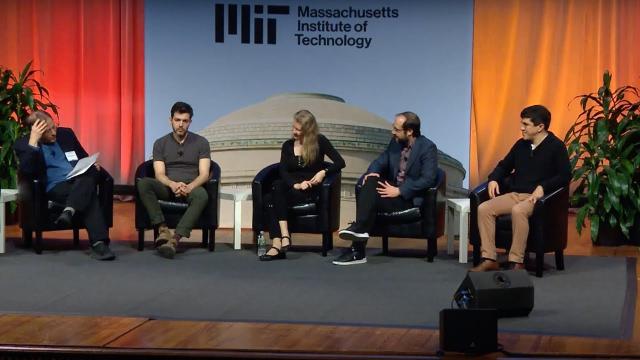
Generative AI Foundations Roundtable Discussion
Added 167 Views / 0 LikesWilliam T. Freeman, Professor, MIT Electrical Engineering and Computer Science and CSAIL, sits down for a roundtable talk with all four speakers about some potential future research directions for generative AI.Watch more videos from MIT: http://www.youtu
-
04:47
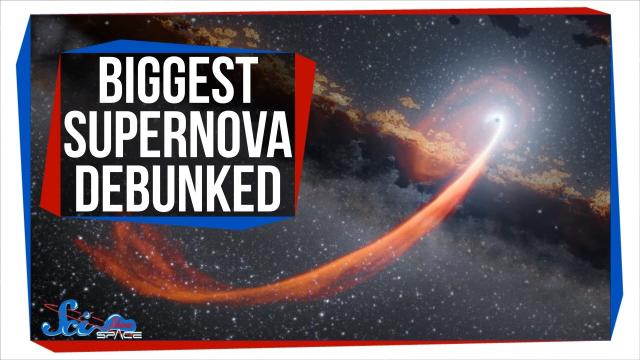
The Biggest-Ever Supernova, Debunked!
Added 688 Views / 0 LikesThe Biggest-Ever Supernova, Debunked!
-
00:44
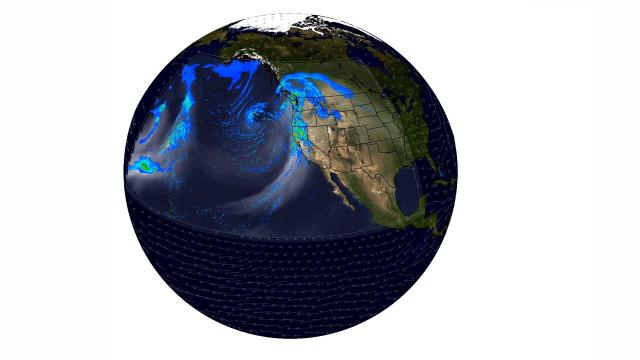
Algorithm helps forecast frequency of extreme weather
Added 125 Views / 0 LikesBy combining machine learning with dynamical systems theory, a team at MIT have now developed a method to "correct" the predictions from coarse climate models. The team’s approach “nudges” a climate model’s simulations into more realistic patterns over la
-
1:30:01
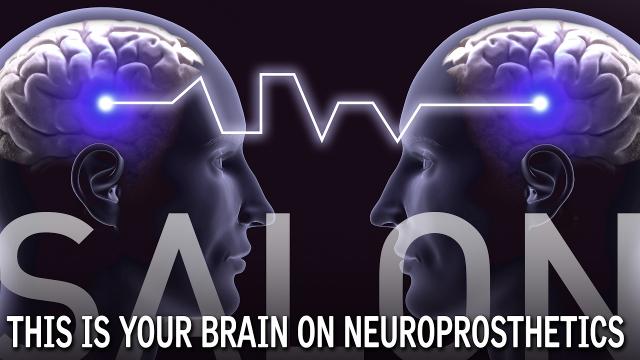
SALON: This is Your Brain On Neuroprosthetics
Added 607 Views / 0 LikesSALON: This is Your Brain On Neuroprosthetics

